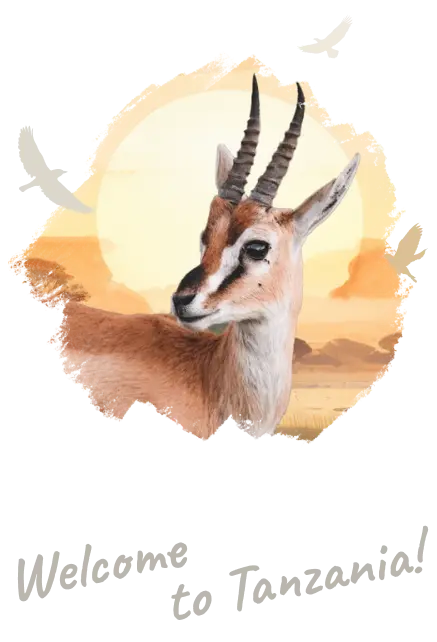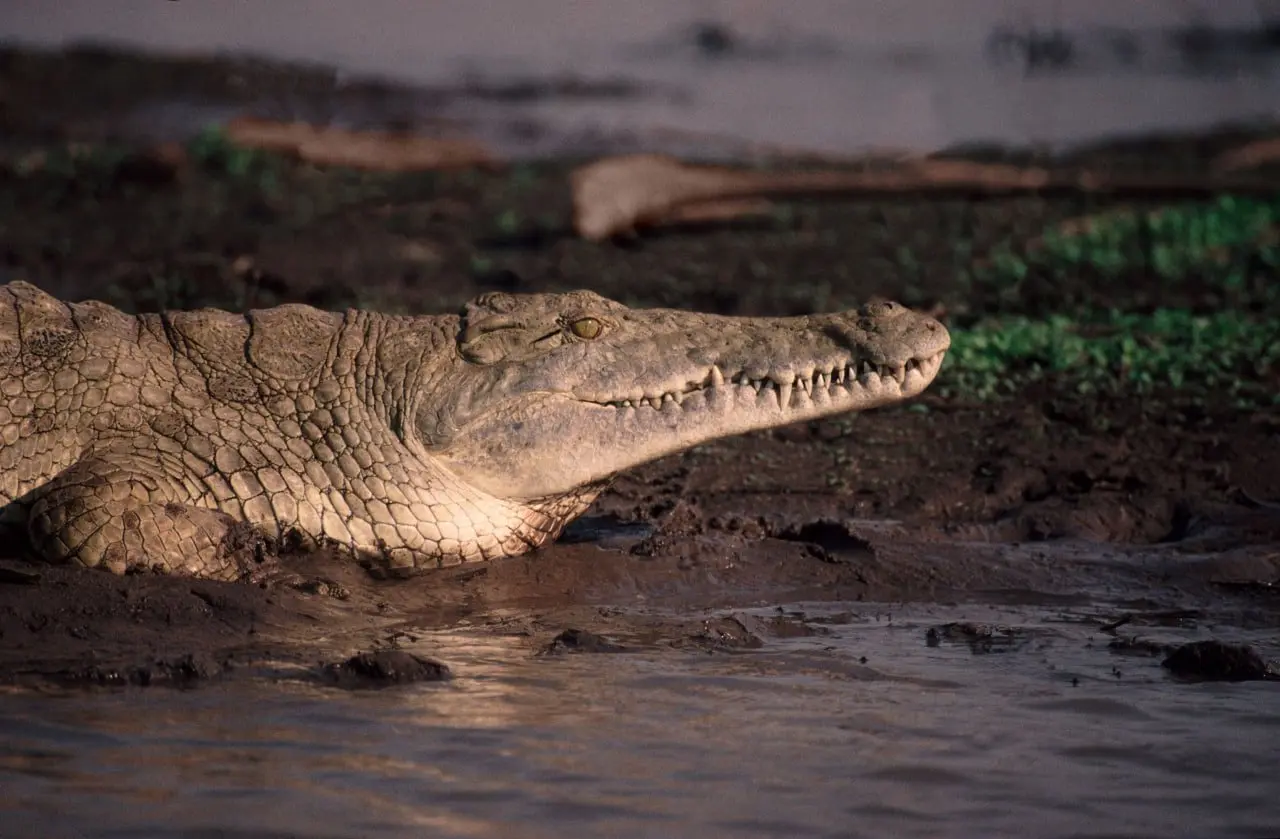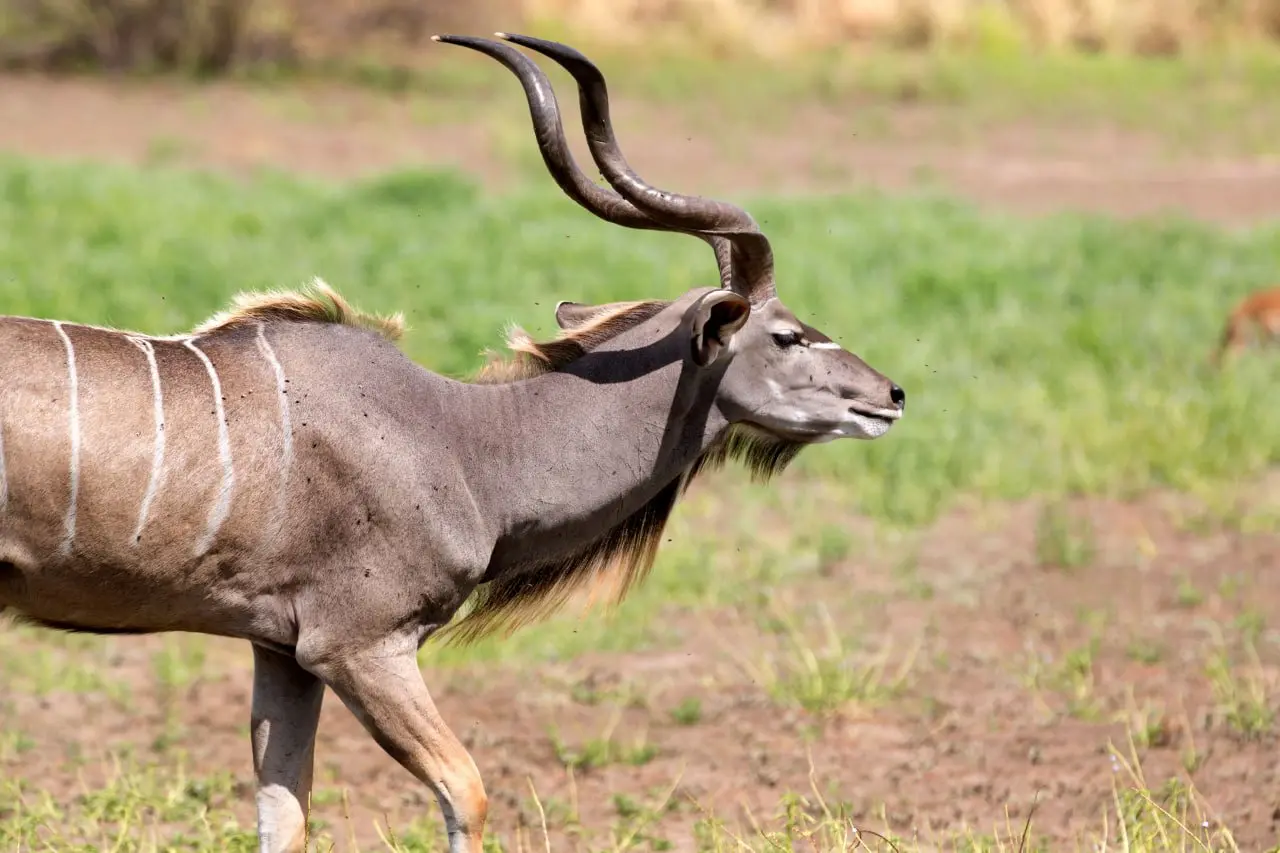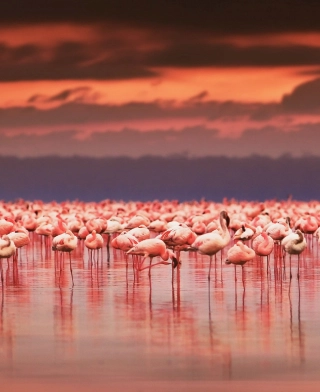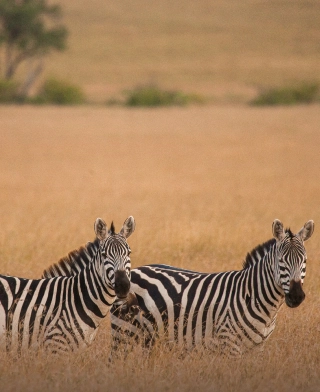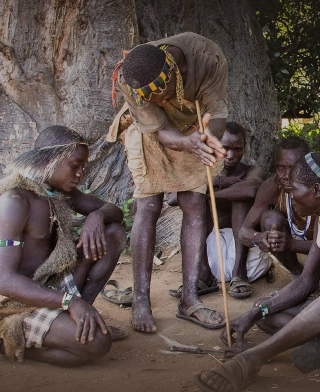
Nyerere (Selous)
Tanzania's largest national park
How is it that Tanzania's largest national park is almost unknown to people outside of Tanzania? Maybe the word Selous sounds more familiar? In 2019, six reserves received national park status at once. A huge part of the Selous Game Reserve the size of Belgium became Nyerere National Park - a stunning place where wild animals live freely and where travelers come for exciting safari adventures. In Nyerere, you can meet lions, elephants, and, of course, buffalo, as well as leopards, and rhinoceroses. The traveler who has the luck to observe all these animals "collects" the Big Five of Africa. This giant reserve is a special world where the pristine nature of Africa is preserved for future generations.
Nyerere (Selous)
The area of the national park is so large, and visitors in its remote parts are sometimes so few that you can ride all day on safari without meeting any other cars. By the way, other types of safari are possible in Nyerere also - walking safari and boat safari on the river. The park's fertile lands are fed by Tanzania's largest river, the Rufiji. It is home to many crocodiles and hippos. About 40,000 hippos live in the park! And even a higher number of elephants roam its lands. Bird watchers will also enjoy the park as it is home to as many as 450 species of birds. The roads and secluded corners of the largest park in East Africa are waiting to be explored!

Interesting Facts about Nyerere (Selous)
The park was named after the first president of Tanzania, Julius Nyerere. Together with the neighboring Selous Game Reserve (~18,000 sq kilometers/7000 sq miles of protected land has remained under that name after Selous’ larger part was changed into Nyerere NP) it is a designed UNESCO World Heritage Site. This status is based on the conservation of nature in its original state and the high biodiversity of the region. In addition to large populations of elephants, buffalo, lions, and hippos, this vast area - almost 31,000 sq kilometers or 12.000 sq miles - is home to a species diversity of antelope, including the rare Lichtenstein's hartebeest, roan antelope, and sable antelope. Nyerere Park is considered the last refuge of a large population of African wild dogs. The true spirit of safari can be experienced during walks in the wilderness and, for the most intrepid, during overnight stays in the bush in so-called Fly Camps - tented camps set up right under the open African sky in the lap of nature.
Nyerere (Selous) Photography
Safari in Other National Parks
